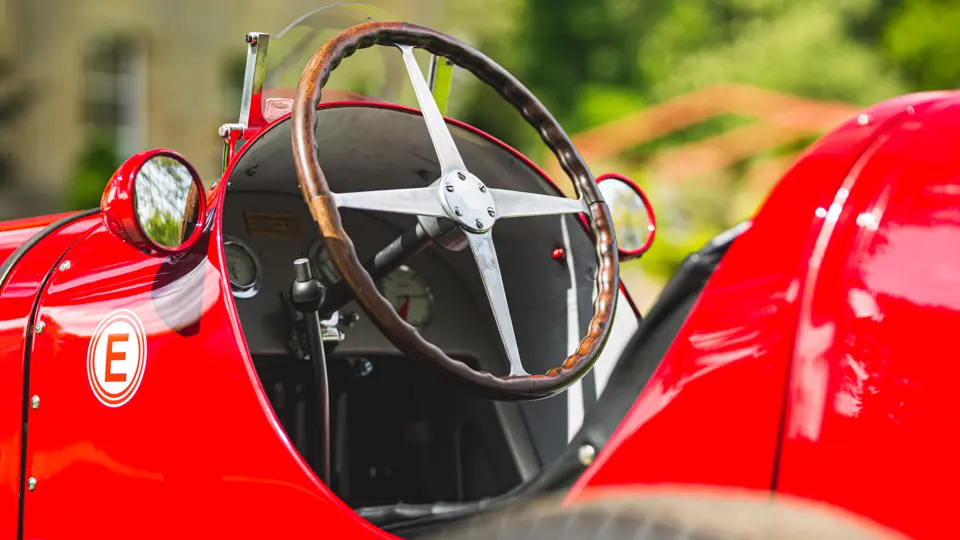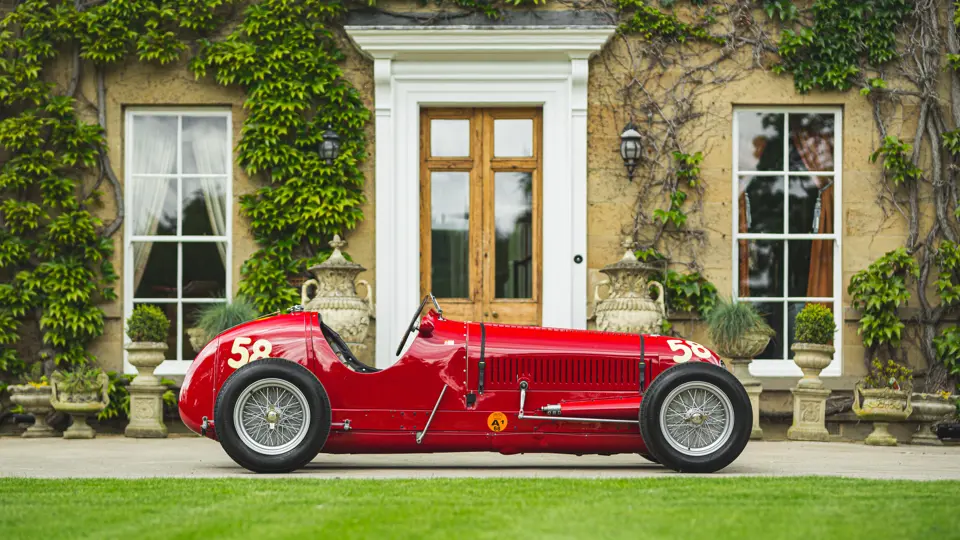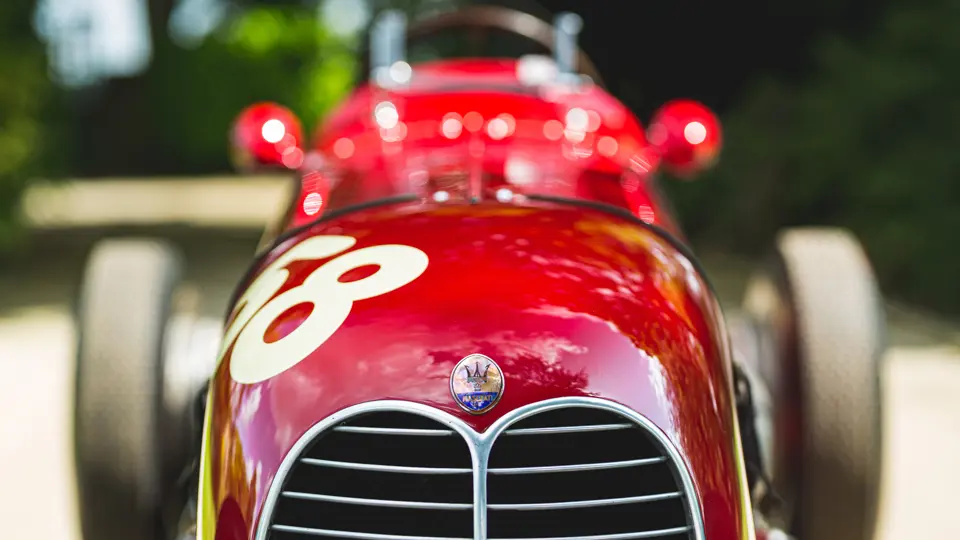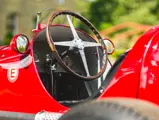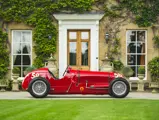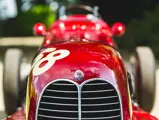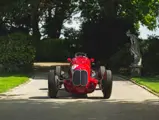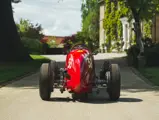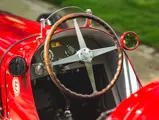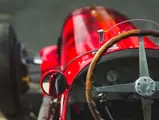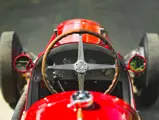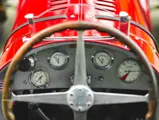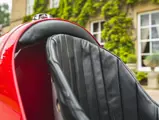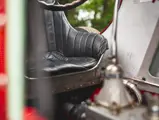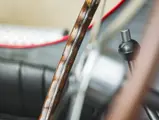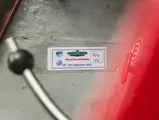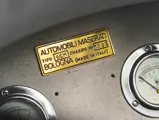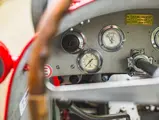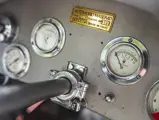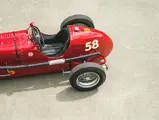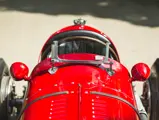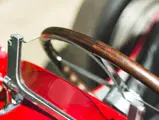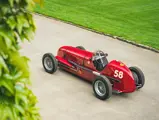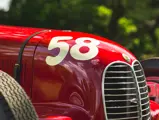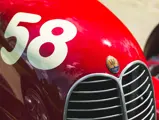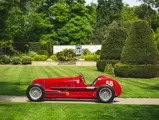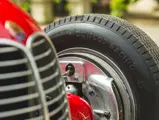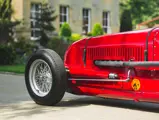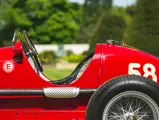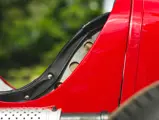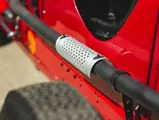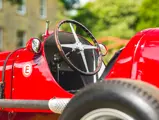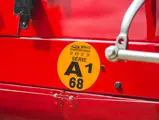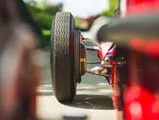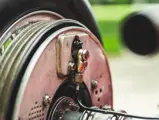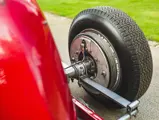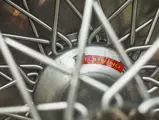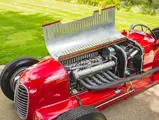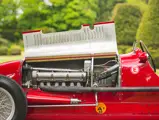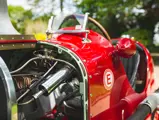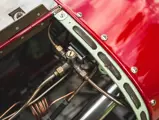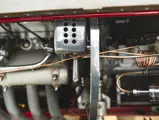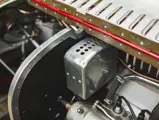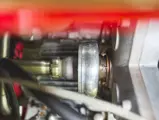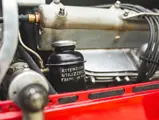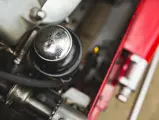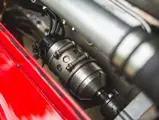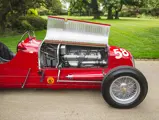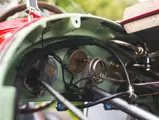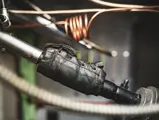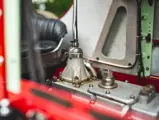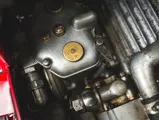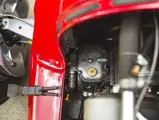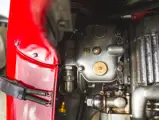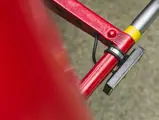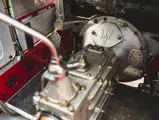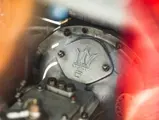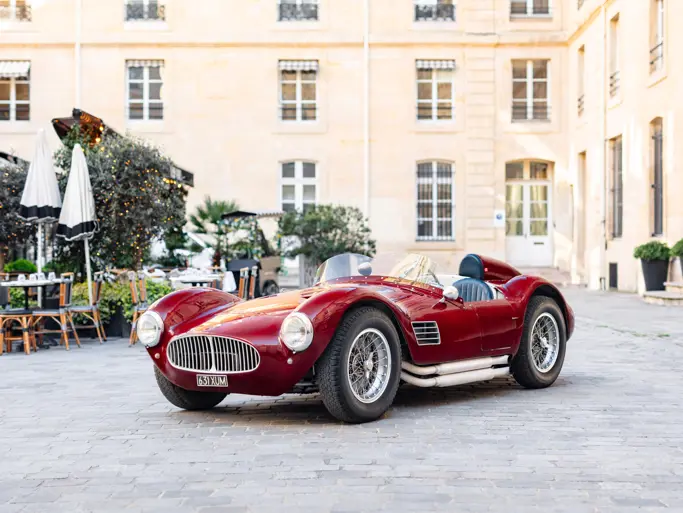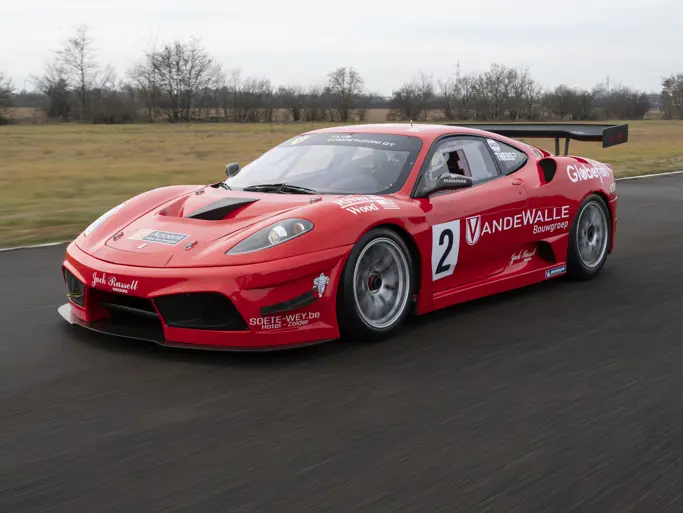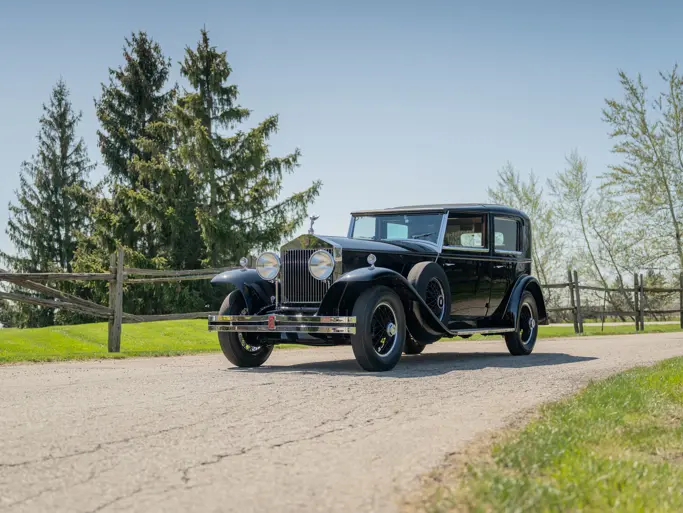
1936 Maserati 6CM
{{lr.item.text}}
$720,000 USD | Sold
{{bidding.lot.reserveStatusFormatted}}
- One of two primary factory team cars campaigned by Maserati during the 1936 voiturette season
- One of 27 total examples built
- Multiple podium finishes during recent event use; fastidiously prepared, and eligible for exclusive vintage events
- Consistently restored and maintained by marque experts since the 1980s
- Impressive latter-day career in vintage racing, including numerous appearances at Silverstone, Donington, Goodwood, and the Monaco Historics
- Featured in magazines including Auto Italia and Classic & Sports Car
- Deep file of documentation including a valid FIA Historic Technical Passport
REFINING THE VOITURETTE
Very few automobiles can claim the purity of design and purpose that characterized Maserati’s pre-war racecars. The Maserati brothers’ original Bologna-based concern was focused solely on winning races, and never attempted to build a roadgoing model, a sharp contrast to the luxury carmaker that operates under the Trident banner in Modena today.
After initially finding success in grand prix competition with large-displacement inline eight-cylinder engines, by the mid-1930s Maserati was struggling to keep up with the better-funded programs of Alfa Romeo and the state-sponsored teams from Germany. This prompted the Maserati brothers to shift their focus to developing a car for the junior racing class, a field comprised of the fondly remembered voiturettes whose displacement was limited to 1,500 cubic centimeters.
Developed from the four-cylinder 4CM (which stood for corsa monoposto), the new model was powered by a twin-overhead cam 1,493-cubic-centimeter inline six-cylinder engine fed by a Weber 55ASL carburetor and a Roots-type supercharger, and in later examples this engine produced 175 horsepower. The motor was mounted lower for an improved center of gravity, and the chassis was equipped with hydraulic brakes, an independent front torsion-bar suspension, and a live rear axle with semi-elliptical leaf springs. Dubbed the 6CM, the new model was capable of a top speed of 140 mph, and quickly became a popular choice for Italy’s wealthy privateers in their quest to dethrone the British ERA.
By the conclusion of production in 1939, Maserati built more 6CM examples than any of its other prewar models, totaling 27 cars. These diminutive monoposto racecars beautifully epitomize the genius of design and independent spirit that defined the Trident during its important pre-war racing forays, remaining a thrill to drive today.
CHASSIS NUMBER 1532
Claiming period competition use as a factory works racecar, as well as a more recent restoration and impressive pedigree of vintage event use, this rare 6CM is a highly desirable example of Maserati’s legendary prewar model. Chassis number 1532 is widely understood to be just the second example built, and one of two cars initially campaigned by the Maserati factory during 1936.
According to the findings of dedicated researchers in the voiturette niche, 1532 was entrusted by Maserati to Hungarian privateer László Hartmann, who drove alongside fellow works driver Count Carlo Felice Trossi during the 1936 season. Hartmann’s name is evident on a factory engine test sheet on file, further indicating that 1532 was from the outset intended to be his car.
Hartmann drove the 6CM at four races on behalf of the Officine Alfieri Maserati in 1936, initially finishing 6th at the ADAC Eifelrennen at the Nürburgring in mid-June, and 7th at Budapest a week later. In mid-July he again finished 7th at the Grand Prix d’Albi (first heat), before concluding with his best performance of the season, a 4th-place finish at the Coppa Ciano at Livorno in early August.
In early 1937 the Maserati was sold to Edoardo “Dino” Teagno, and he went on to race the 6CM no less than 21 times through May 1940, finishing 2nd overall and 3rd overall once apiece, 2nd in class three times, and taking the checkered flag at the Coppa Ciano junior in July 1939. He also managed to roar to a 7th-place finish at the 1939 Targa Florio, in a remarkable display of the car’s endurance capabilities.
Following World War II, 1532 was sold into Brazilian ownership as part of a four-car batch orchestrated by the journalist Corrado Filippini. During the late 1970s, the well-known British enthusiast Colin Crabbe discovered the Maserati in Brazil and imported it to the UK, where it was purchased by collector David Shute. Shute commenced restoring the 6CM, but eventually parted with the still-unfinished car in 1983, at which point it was acquired by the Chelsea Workshop. Specialist Sean Danaher was soon retained to complete the restoration, and the voiturette passed through three British-based ownerships before being acquired in 1996 by Lord Irvine Laidlaw, one of the country’s most respected collectors.
In 2018 the Maserati was acquired by the consignor, an esteemed British collector who treated the 6CM to a full engine rebuild overseen by Ewen Sergison’s Avit! Motorsport, with significant attention by Jim Stokes’ prestigious workshop. The car then continued its successful career of vintage event participation, which has included numerous appearances at Goodwood, Donington, Silverstone, and the Monaco Historics (including a podium finish at Monaco in 2022). With an FIA Historic Technical Passport that remains valid through 2029, the 6CM continues to be eligible for such exclusive events, and the future caretaker can look forward to competing among some of the most impressive racecars of the interwar period at the world’s most historic circuits.
The Maserati has also been featured in a number of significant enthusiast and racing publications, including Auto Italia, Classic & Sports Car, Auto Tradition, and Paddock Life magazines. Extremely well-documented with restoration invoices and photos; a copy of a factory engine test sheet; numerous magazine articles; FIA HTPs; and history reports, this important 6CM promises hours of thrilling racing use at the world’s most exclusive vintage events.
Chassis number 1532 offers a superb window into the 1930s voiturette racing niche, providing visceral power and an unforgettable open-air, no-frills experience. As motoring journalist Ed McDonough revealed in the March 2020 issue of Auto Italia after experiencing the 6CM at Brooklands, “It’s stunning up through the gears, that straight-six humming very smoothly…I love being able to hang out the side going into and out of corners. You know exactly where the line is, you see exactly what the wheels are doing…There is nothing like the fresh air you get when hanging on to a stunner like this.”
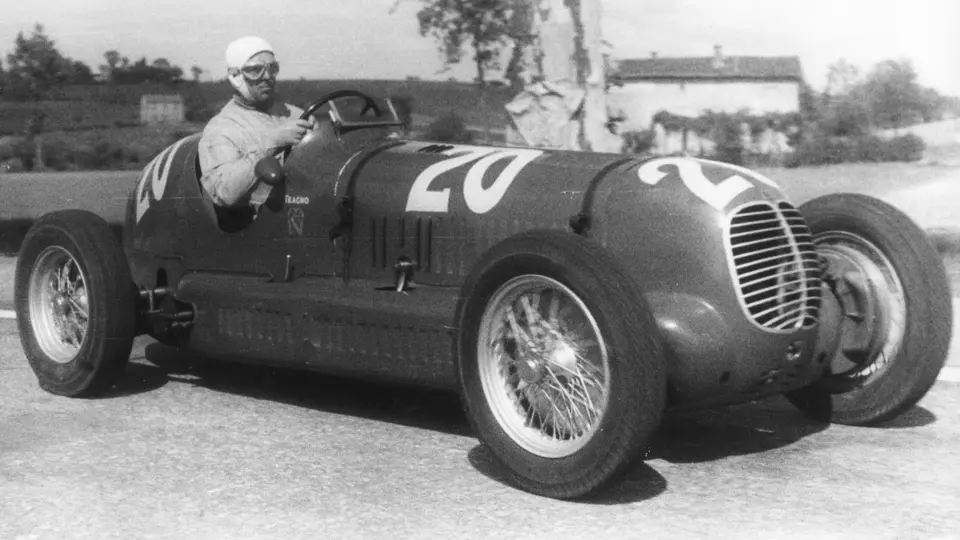

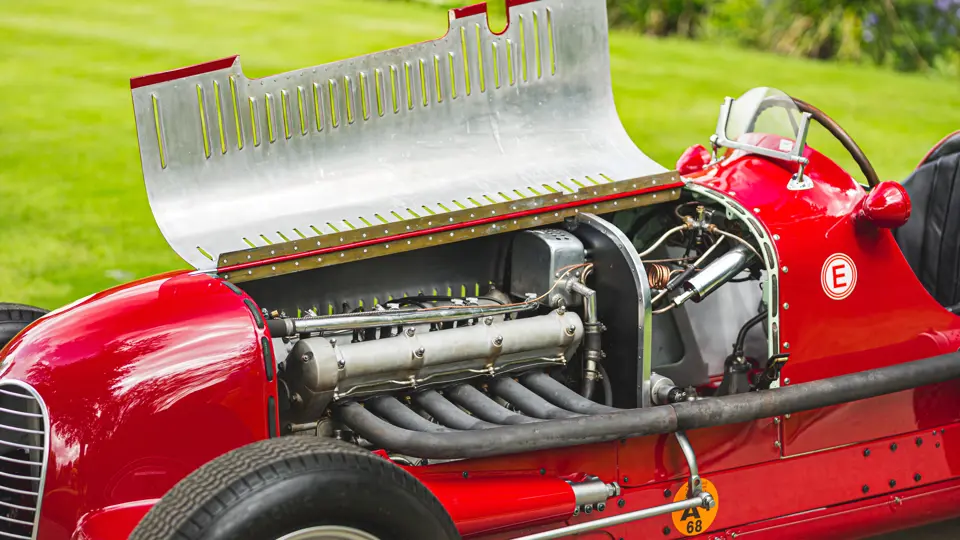

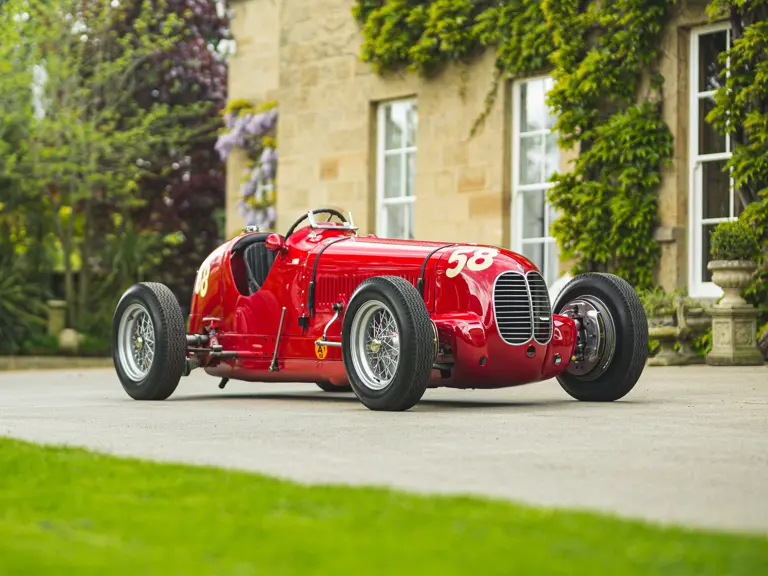

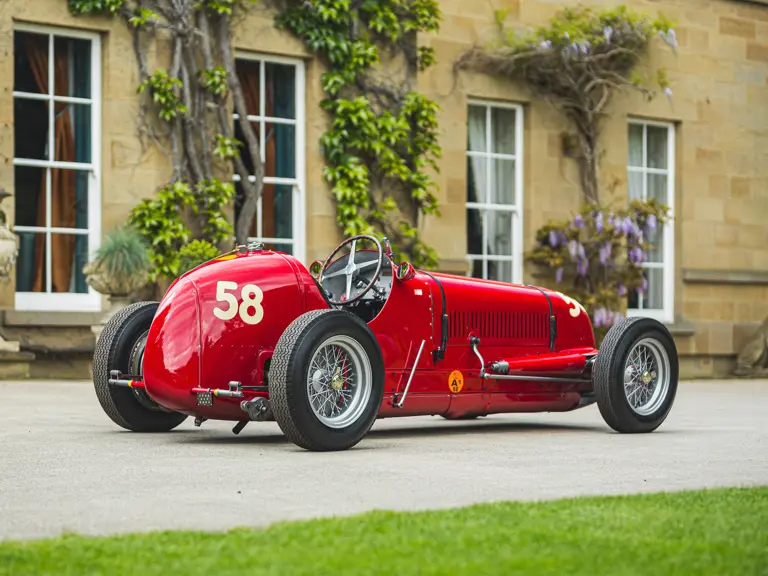

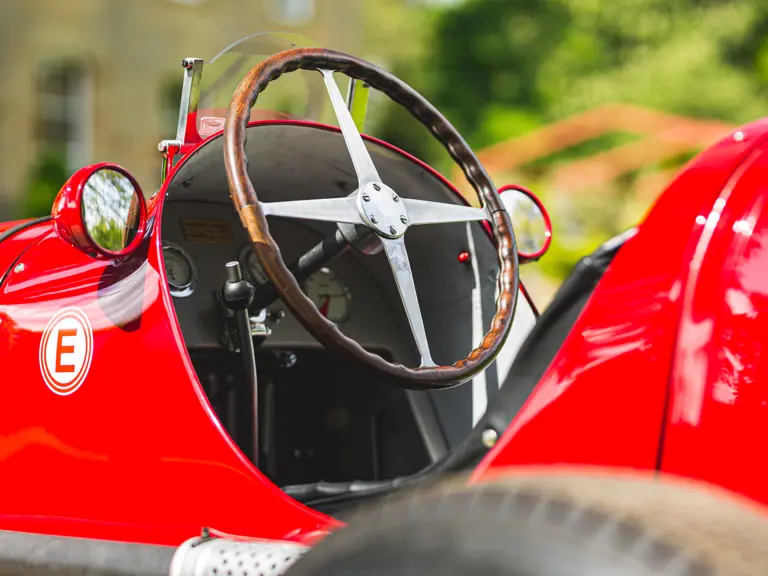
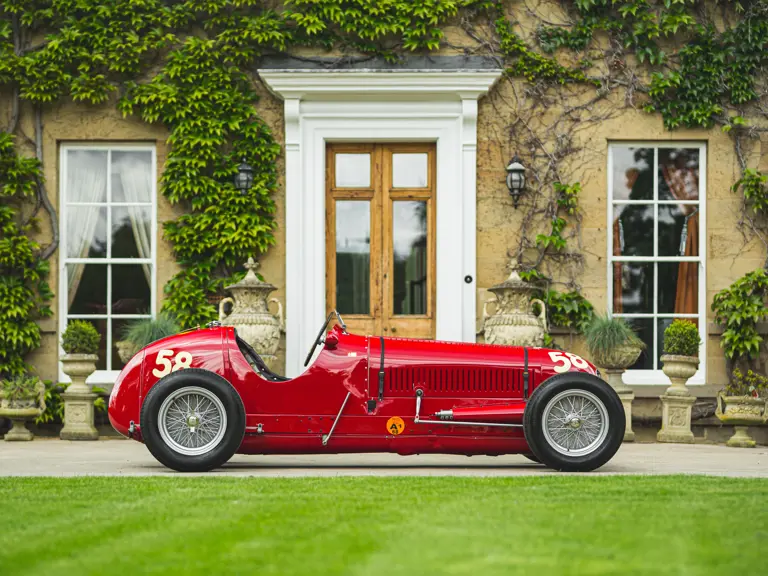

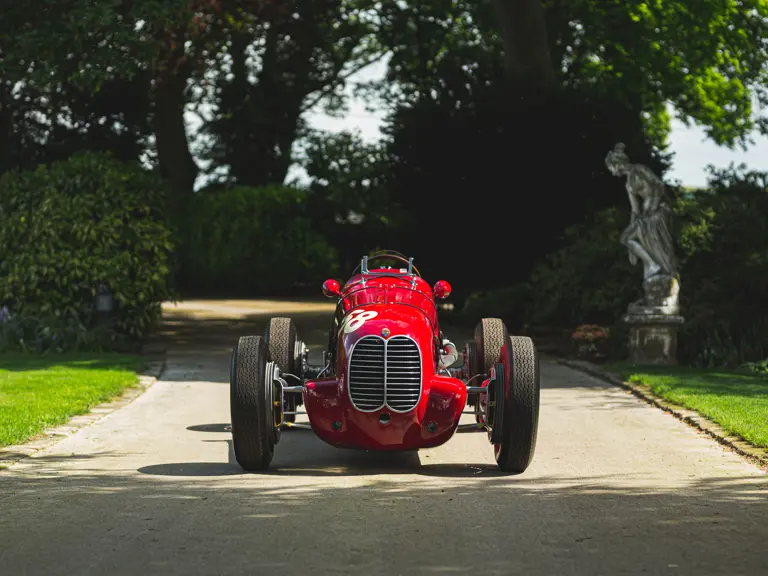
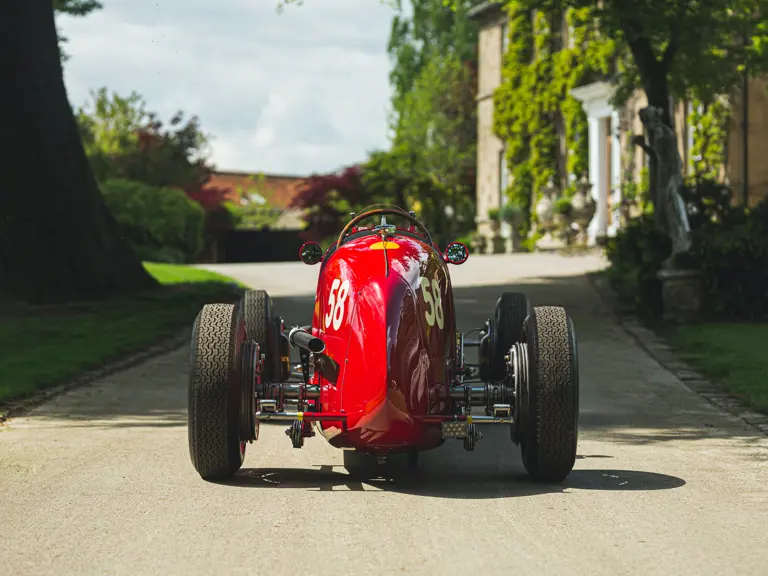

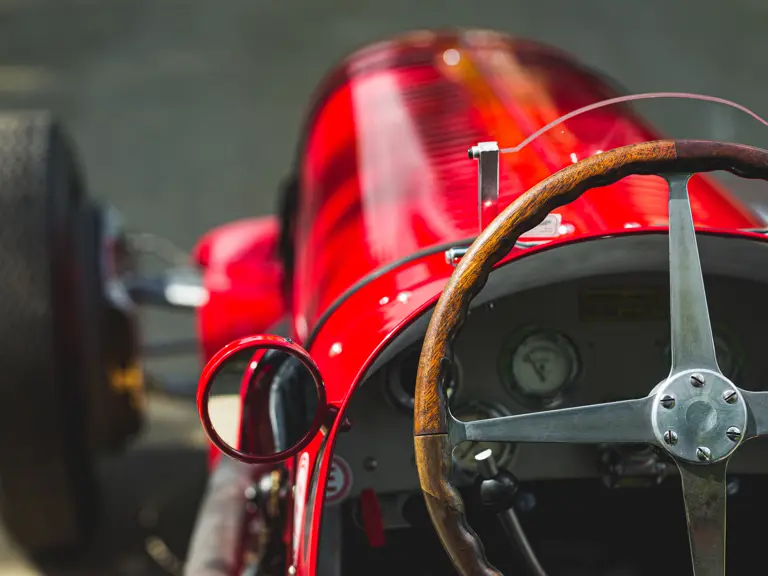
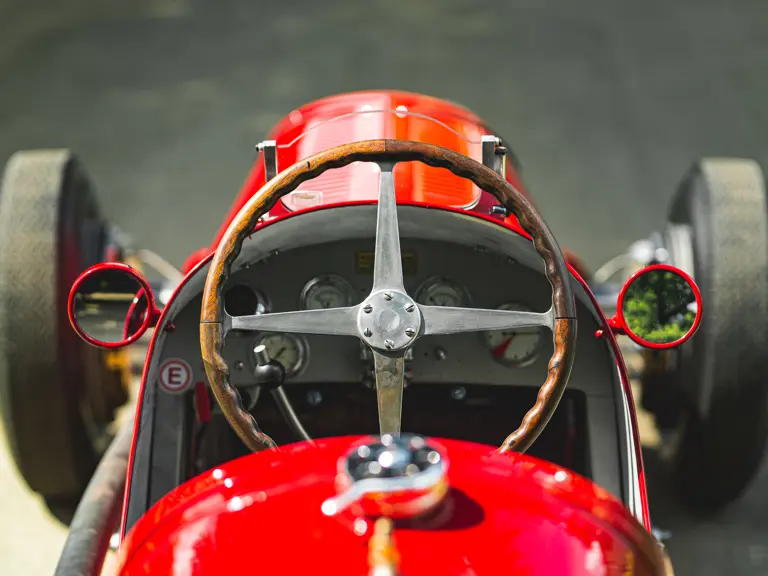
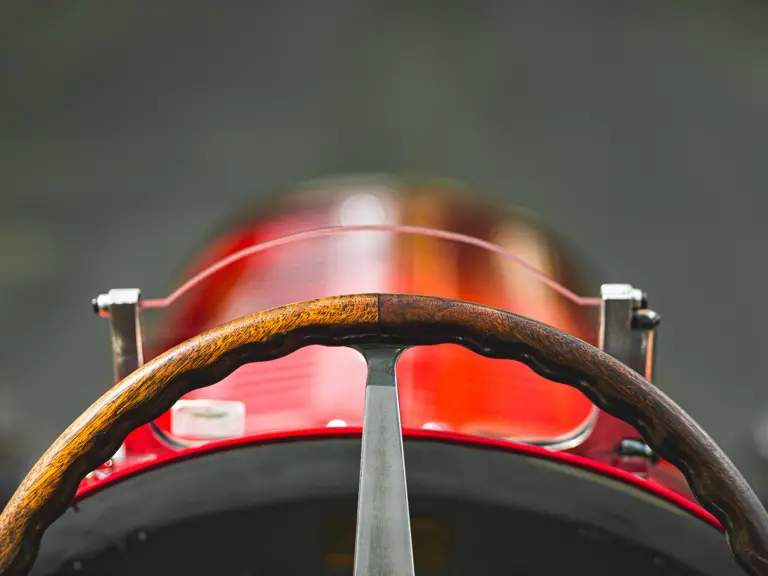
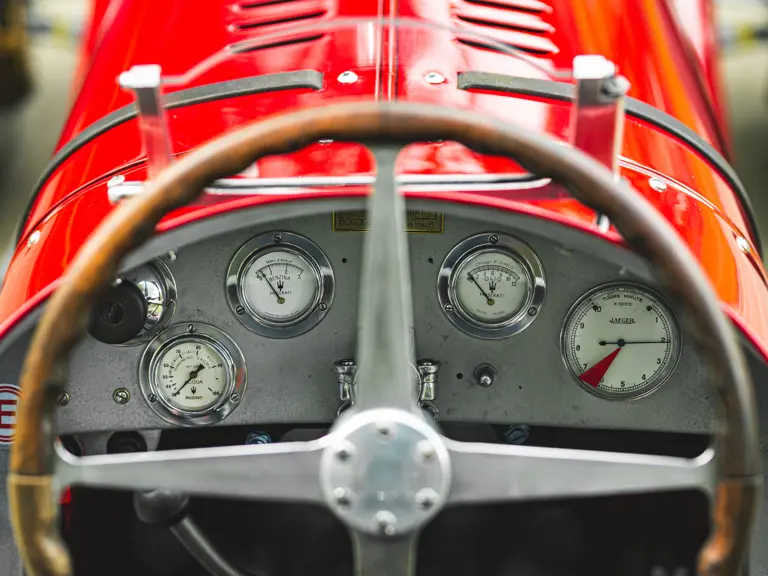
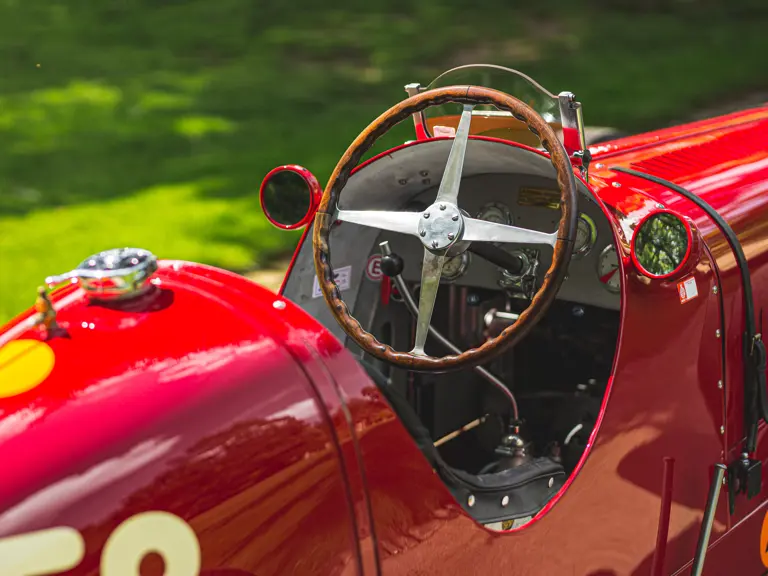
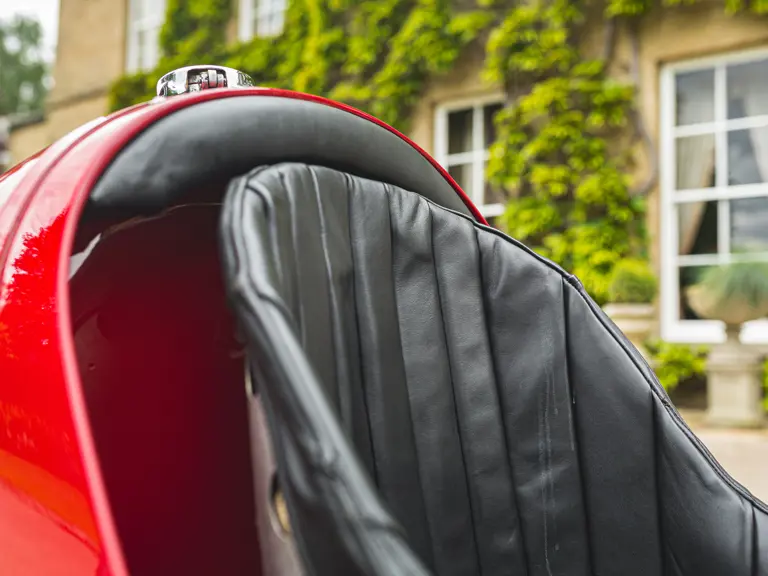
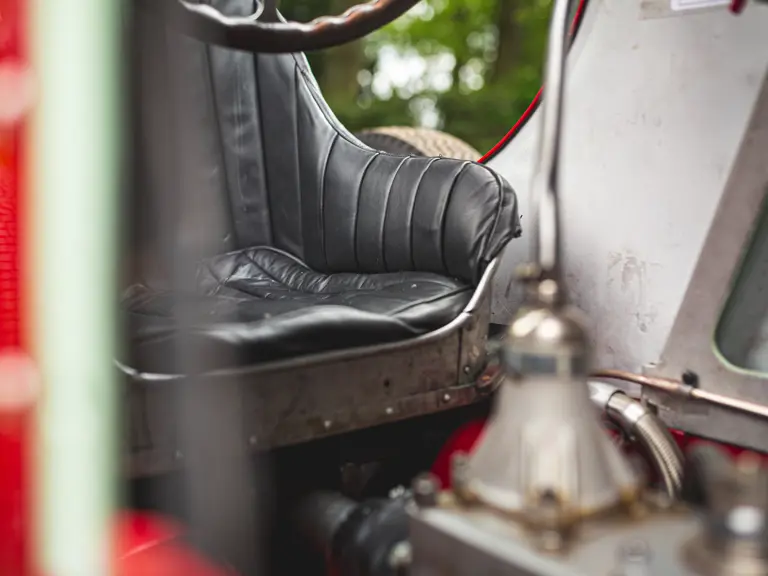

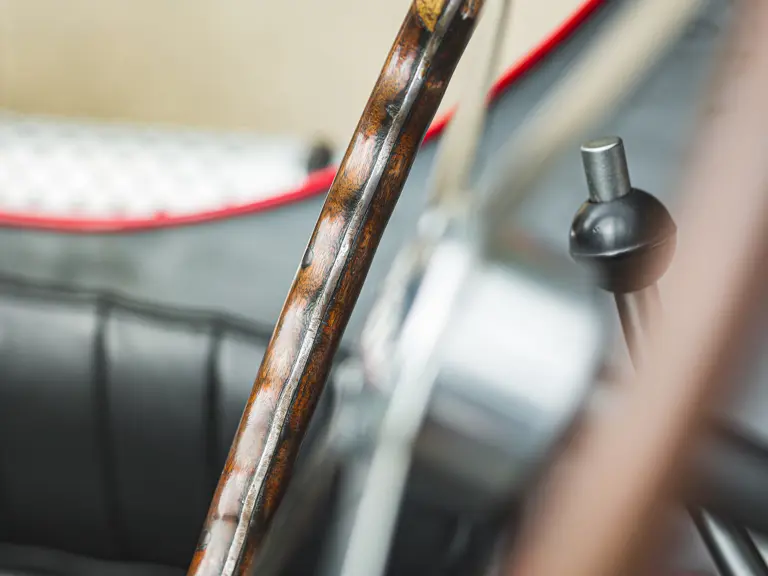
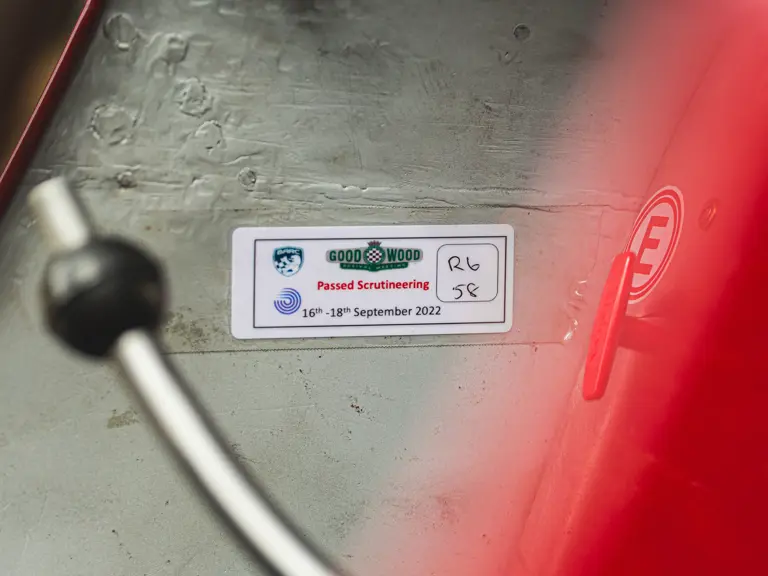

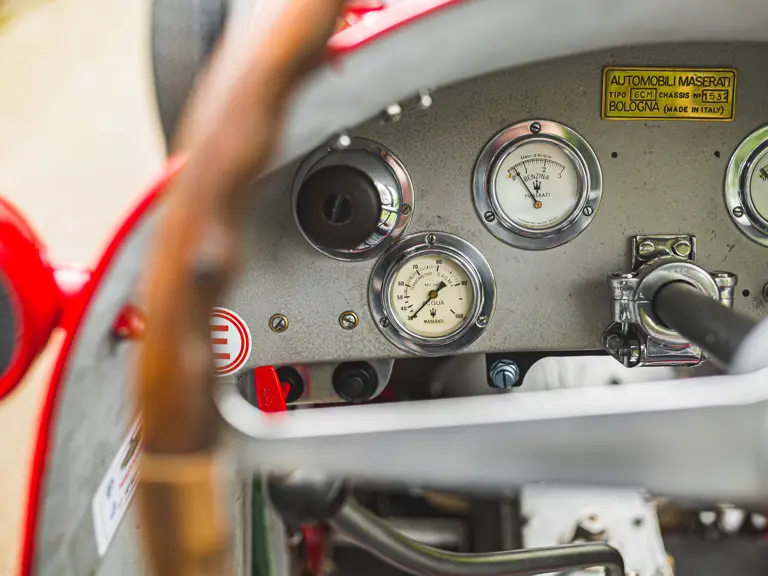
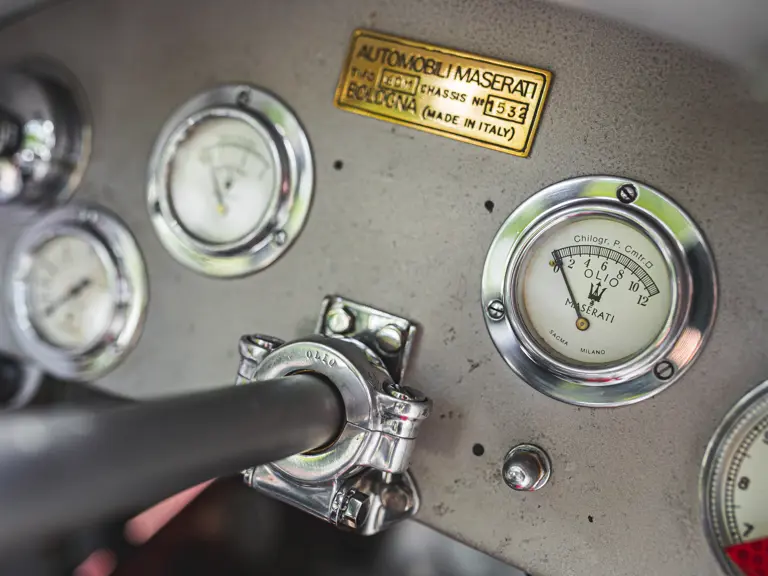
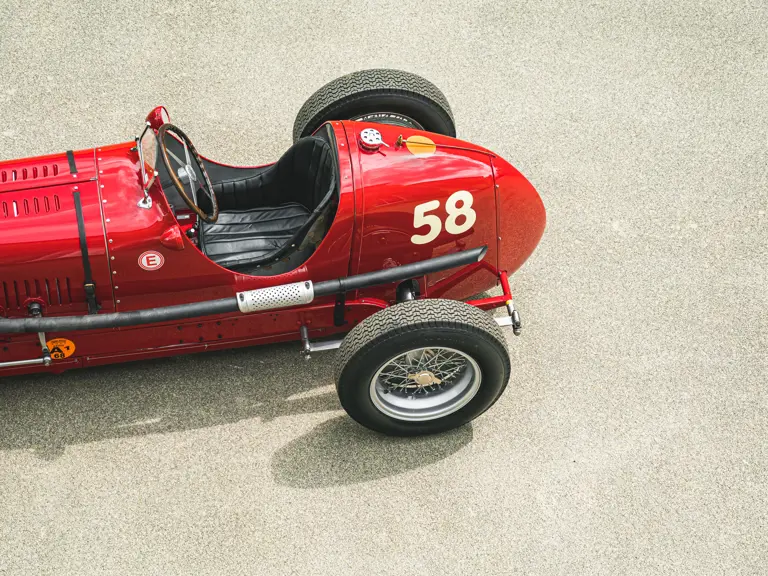

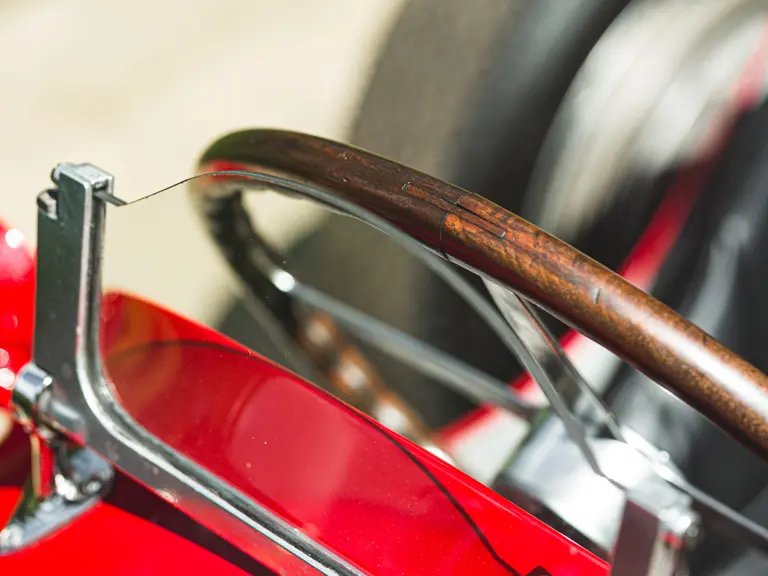
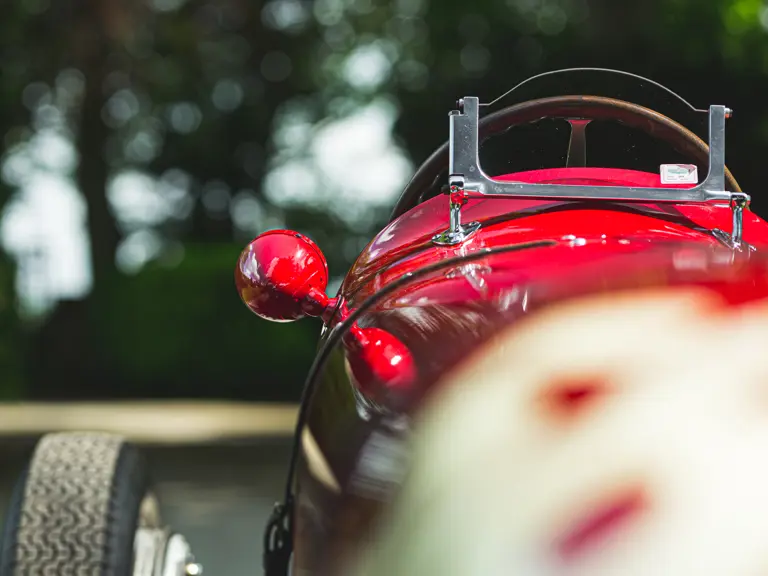
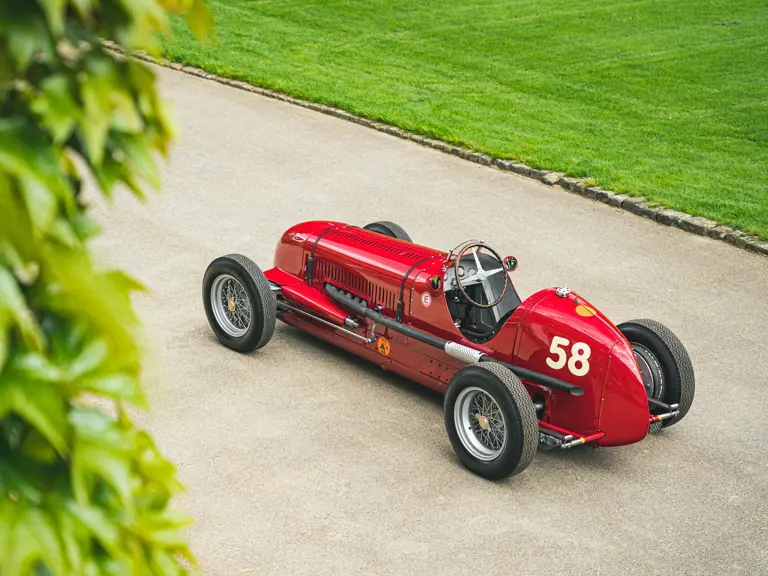
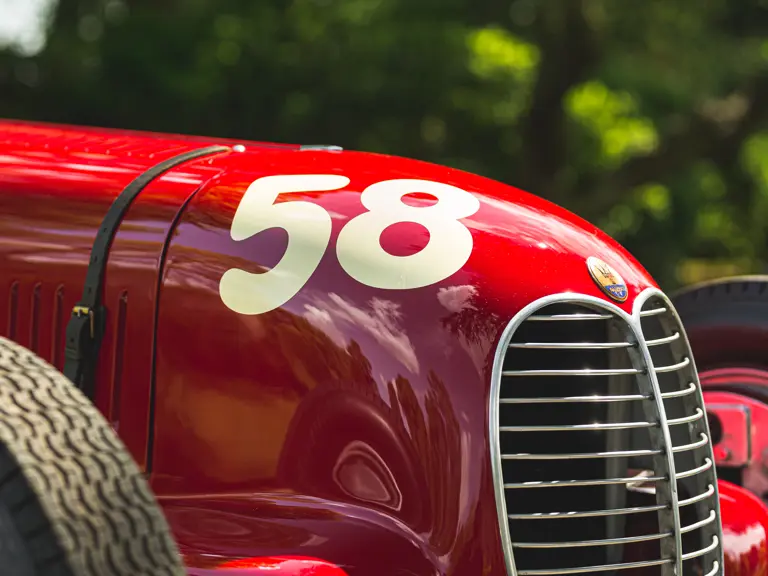
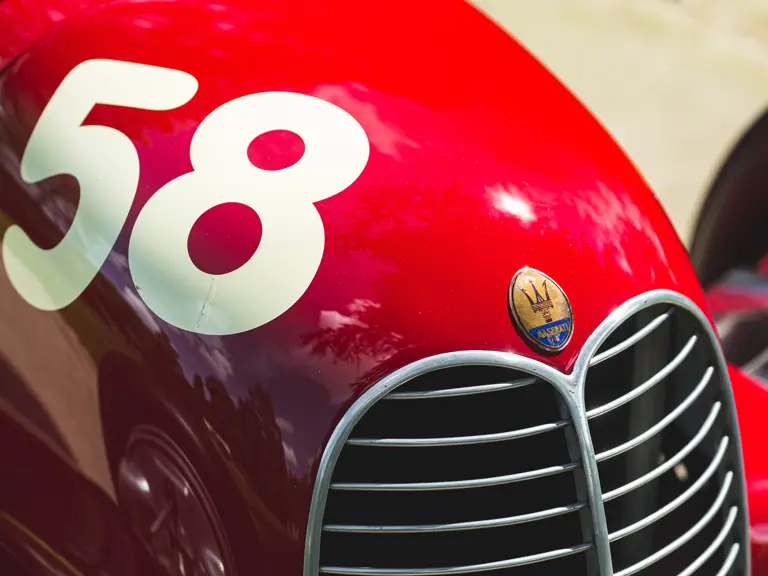
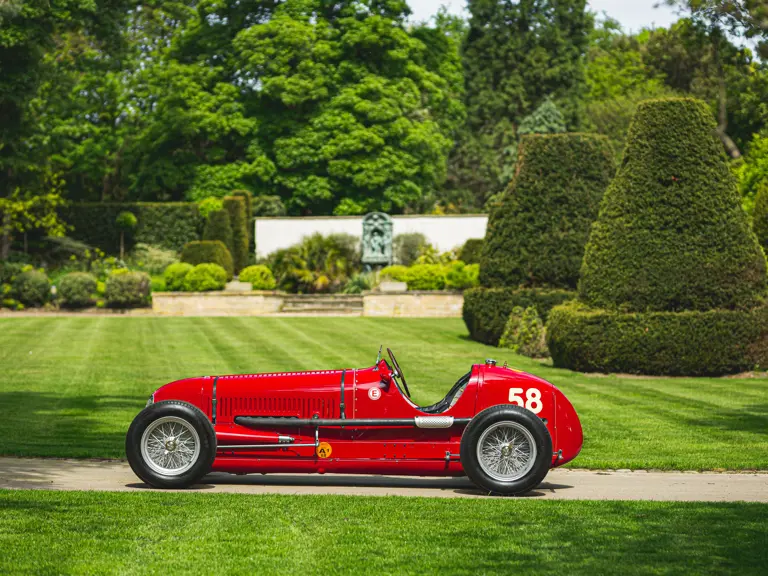
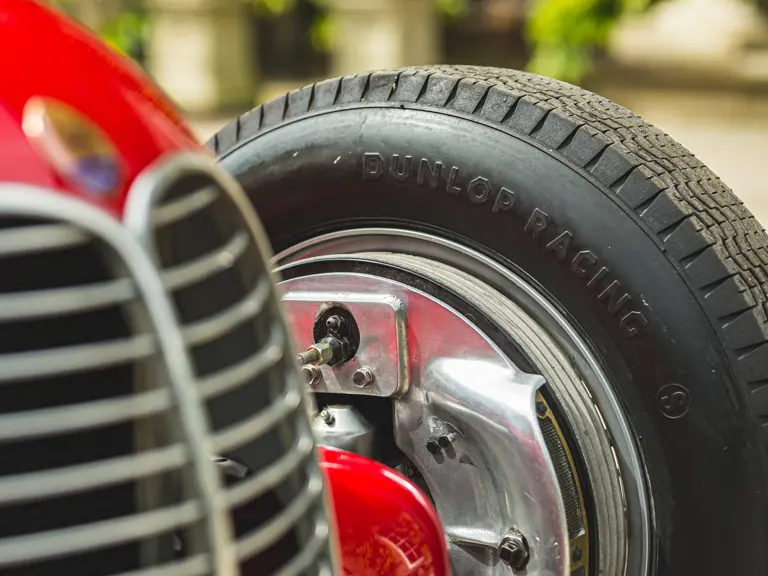
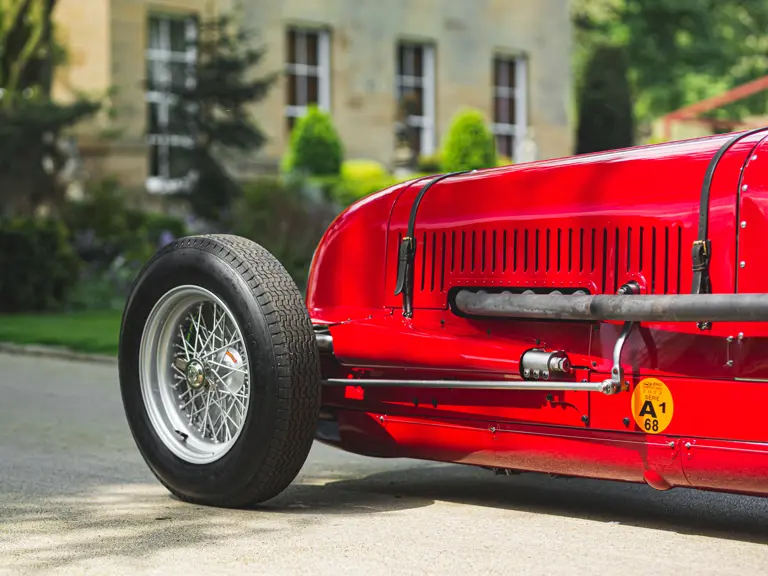
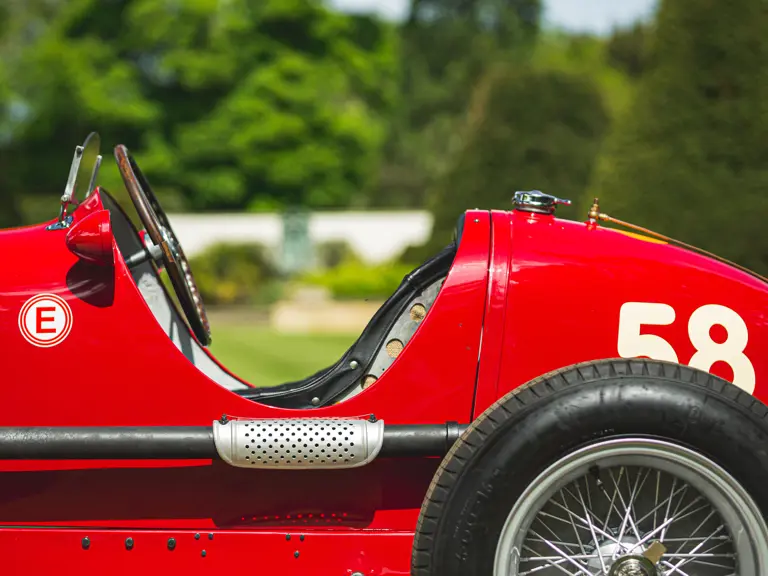
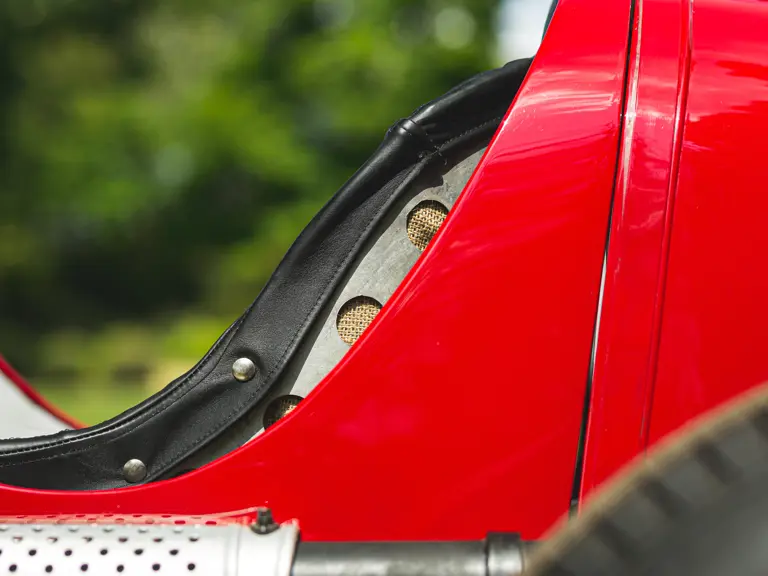
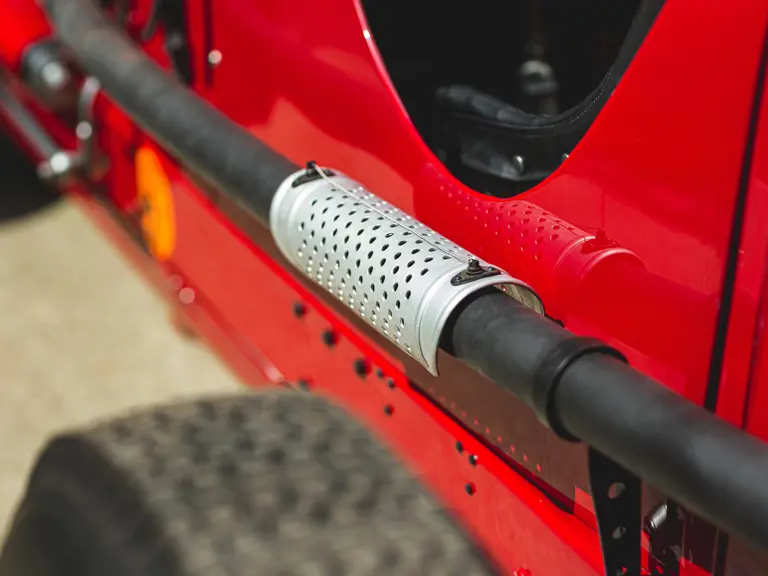
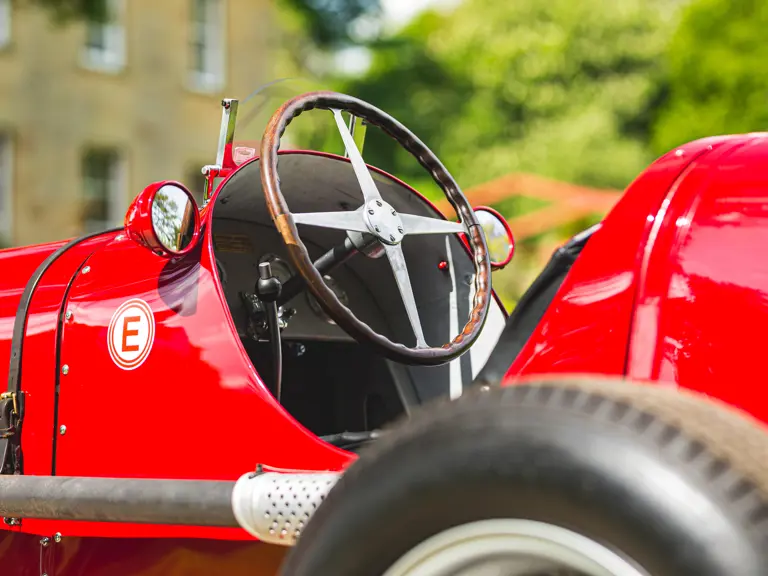
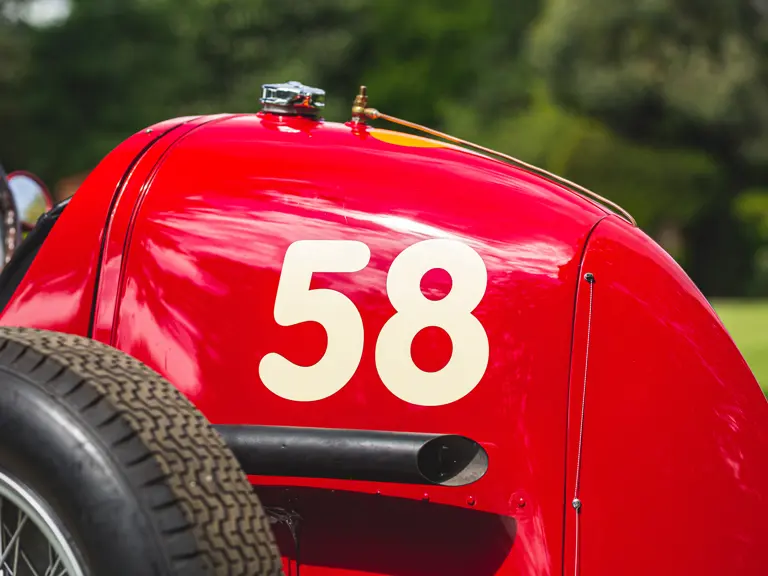
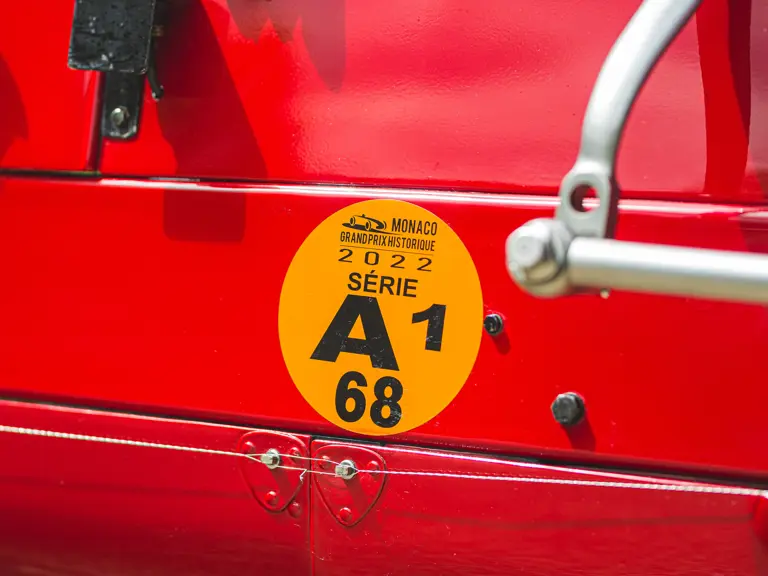

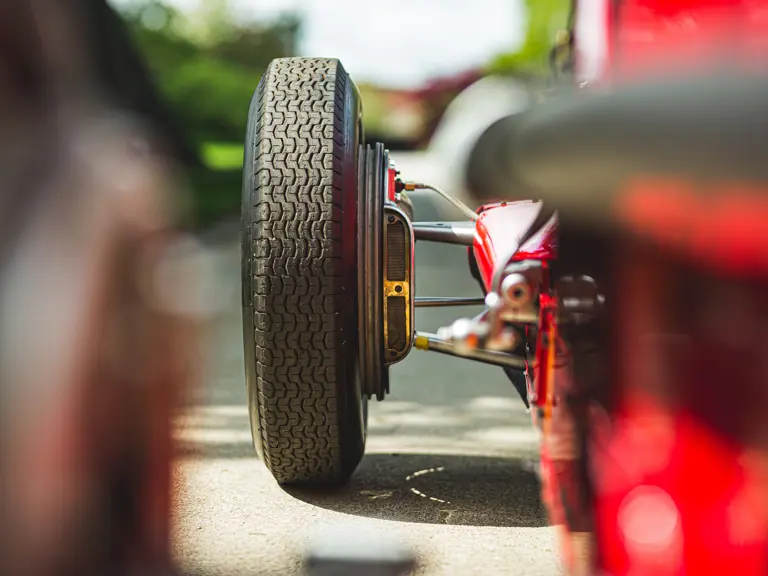
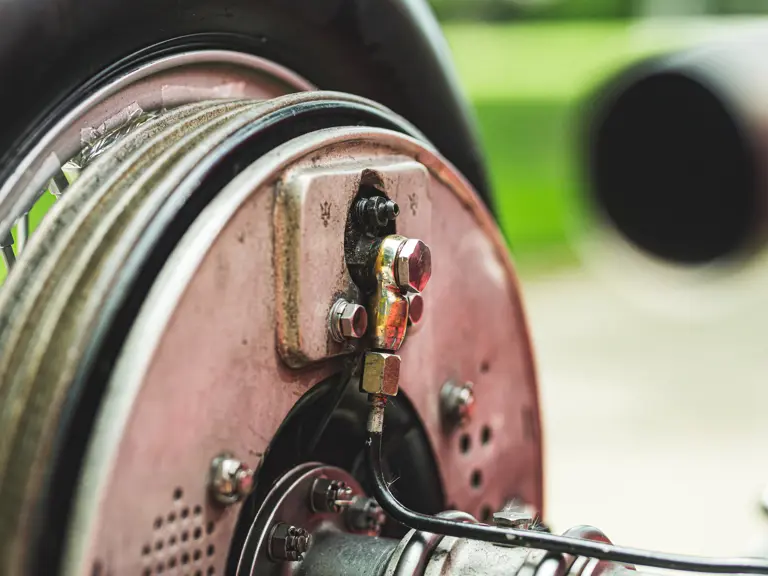
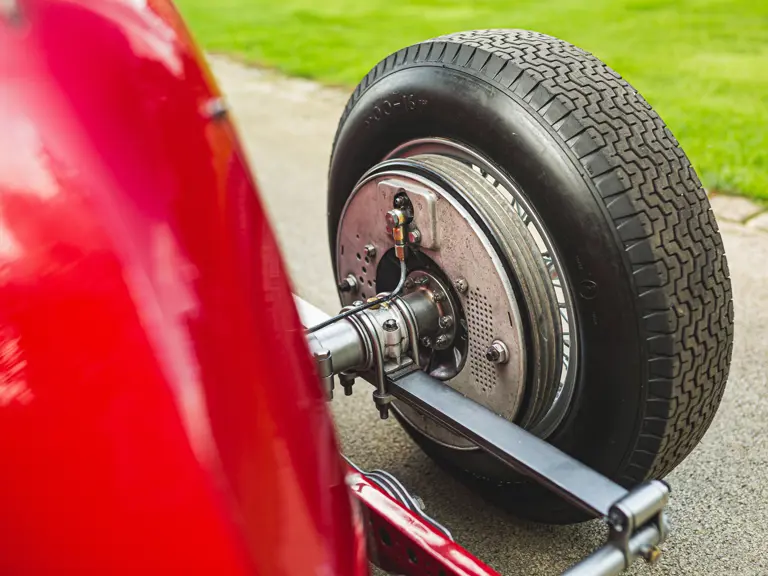
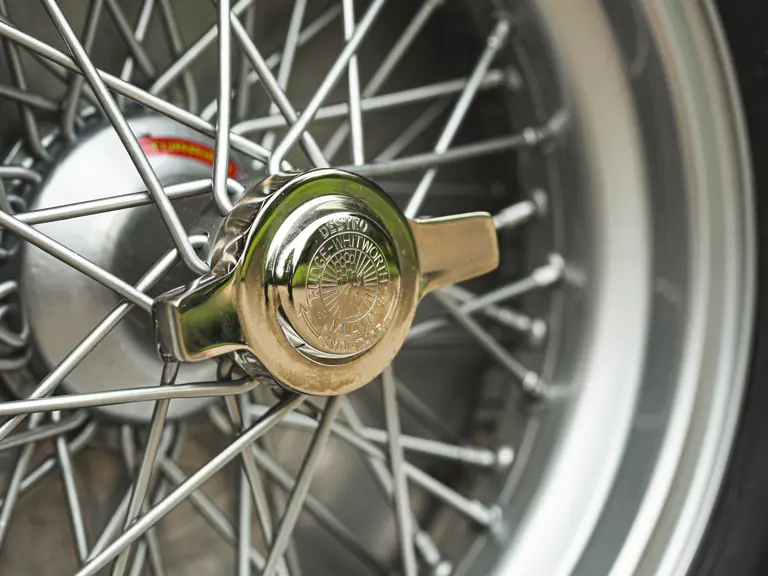
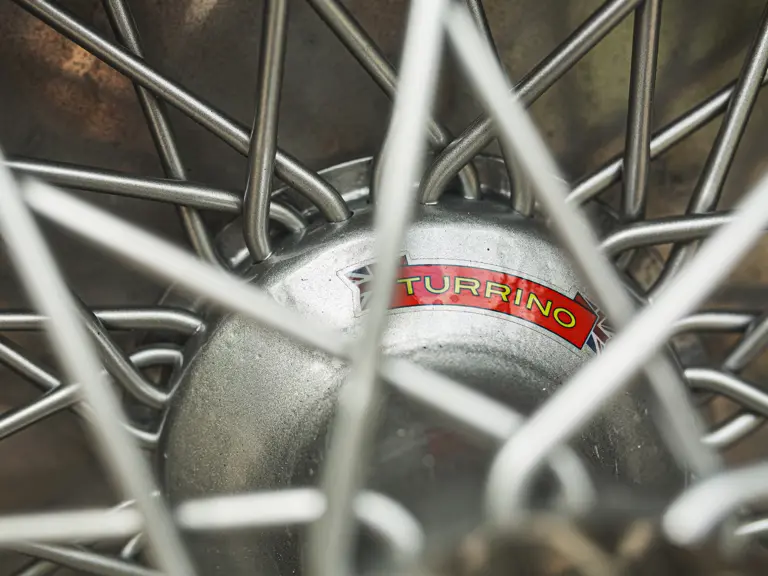
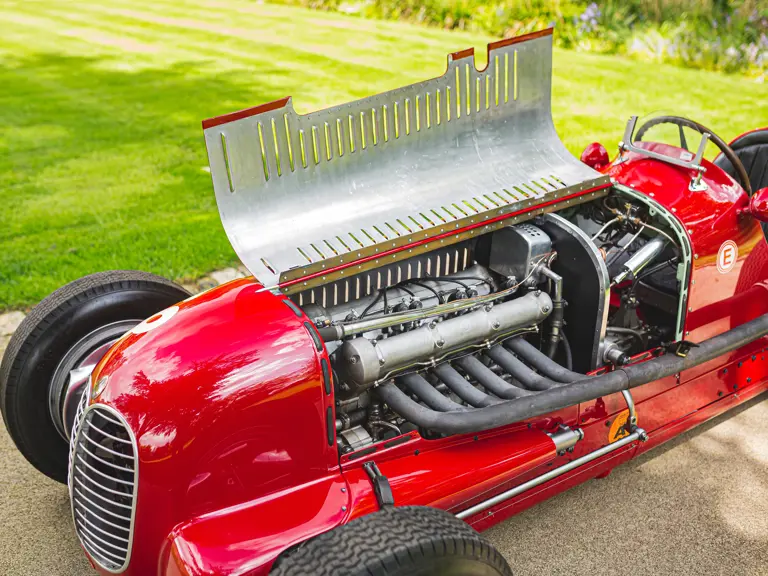
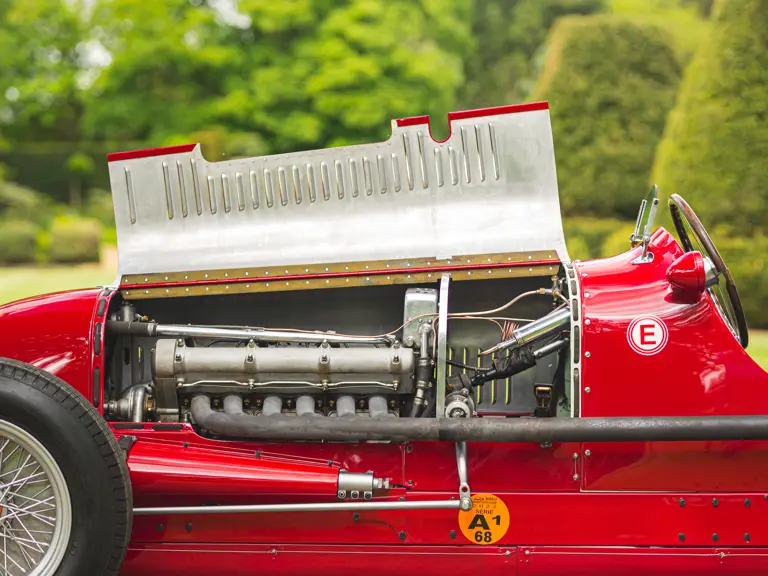
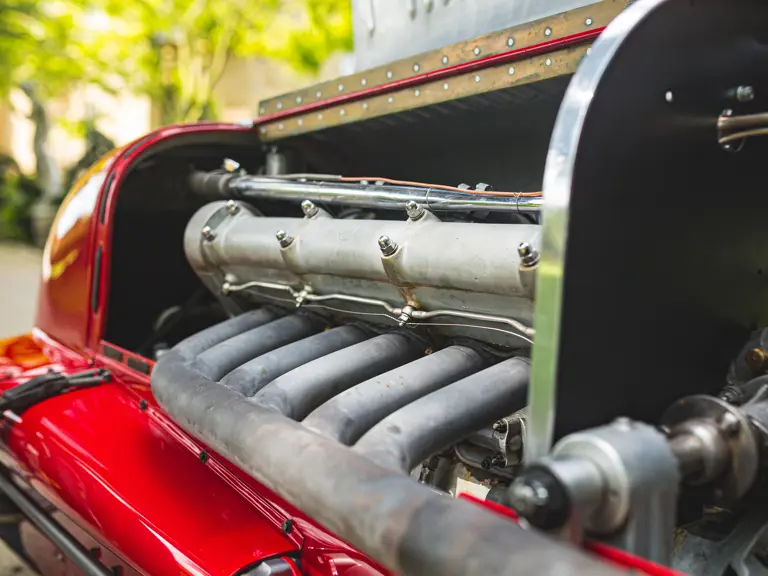
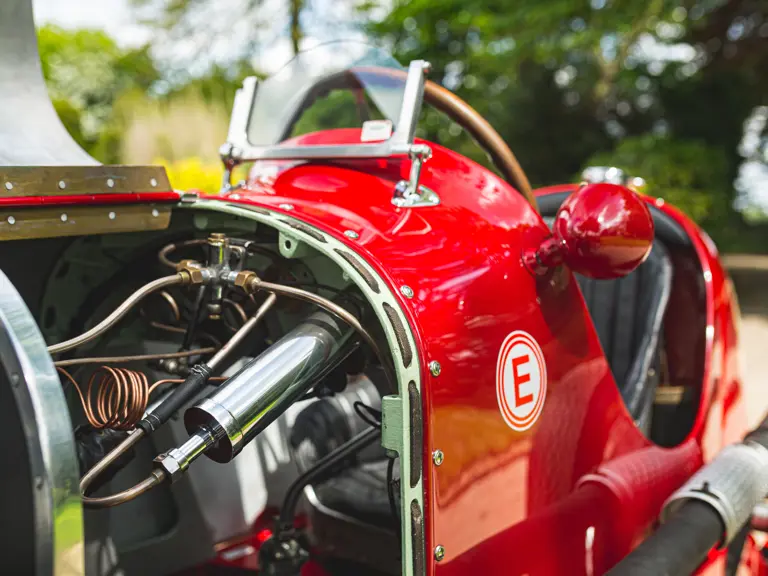
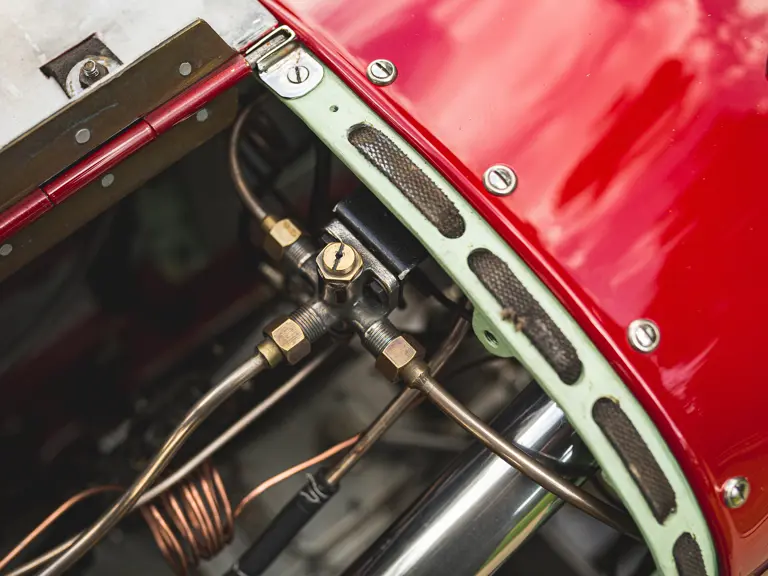
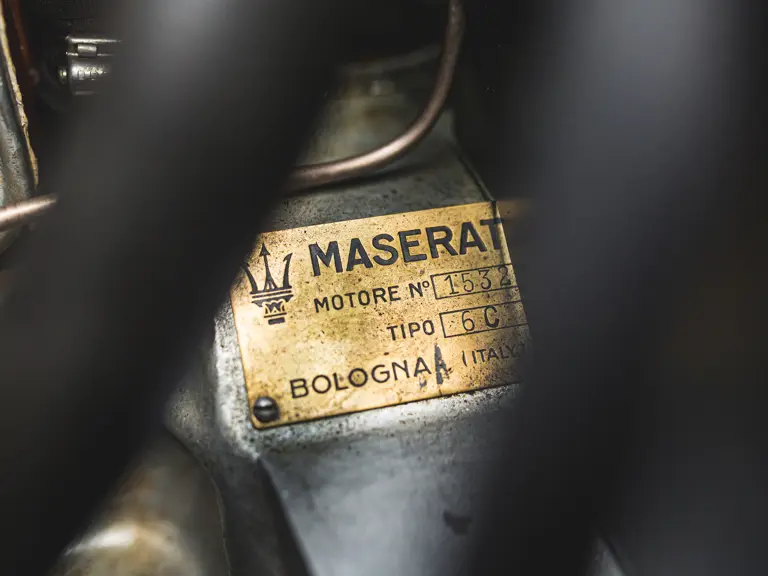
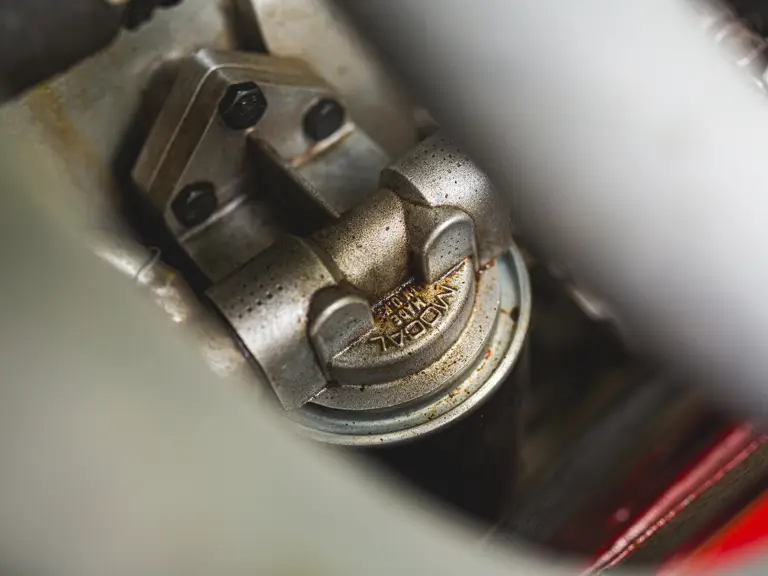
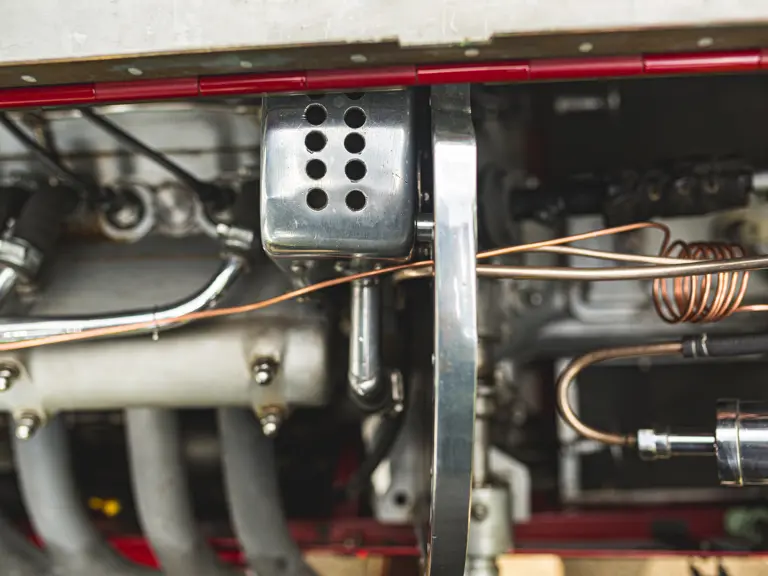
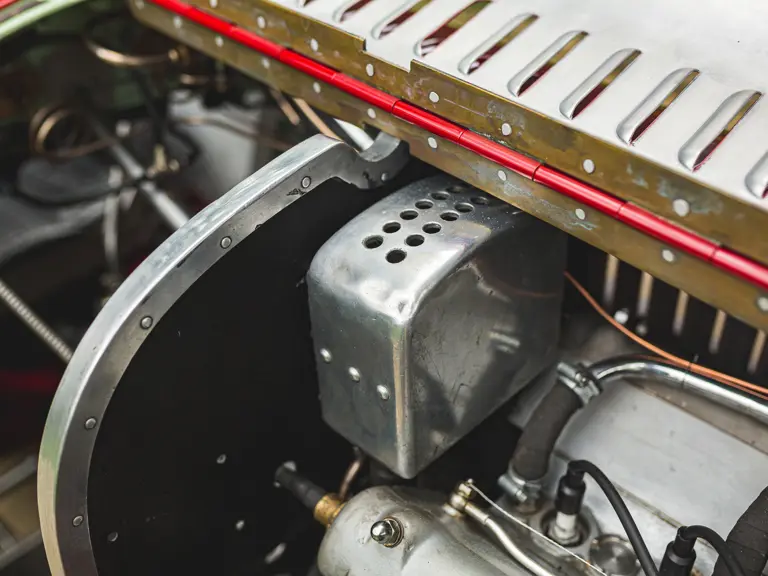

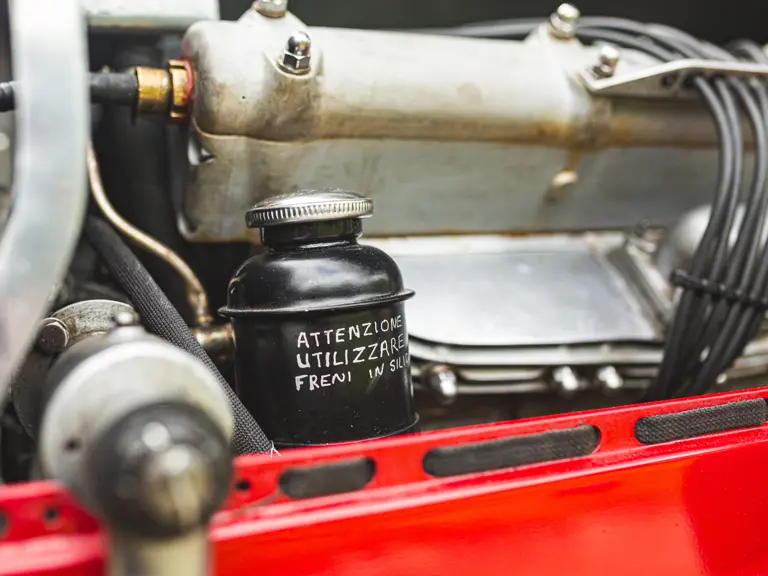
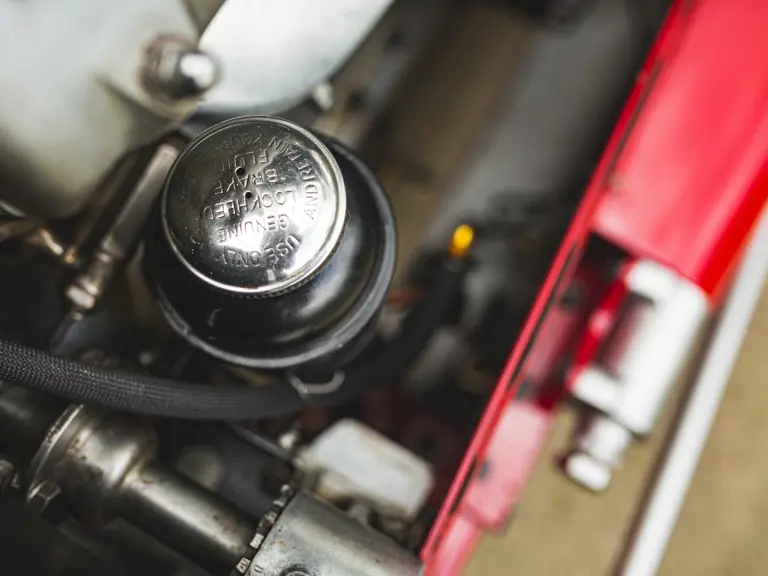
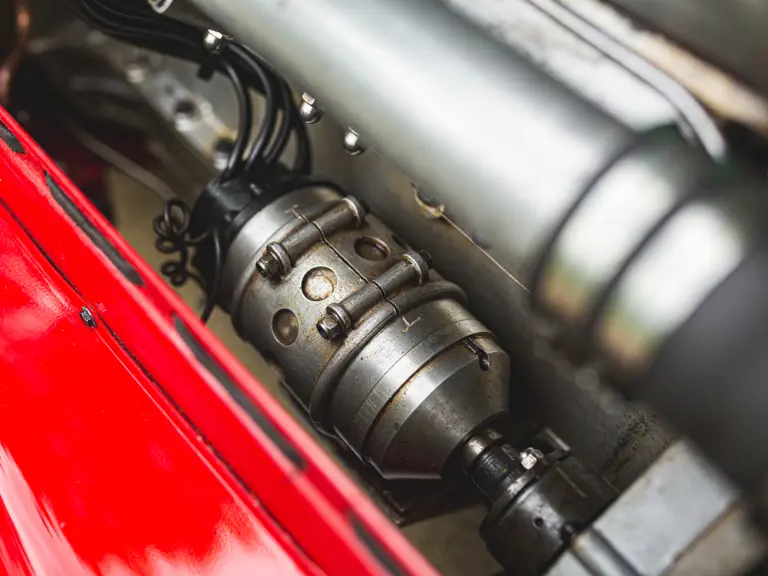
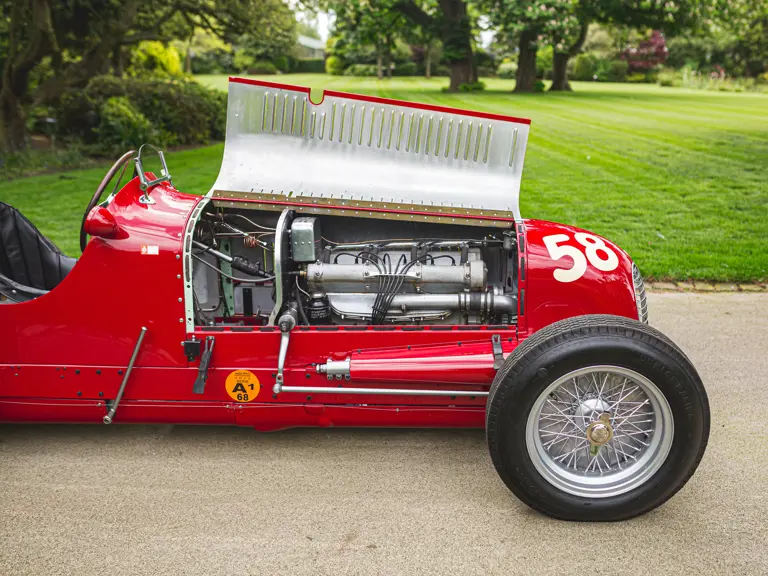
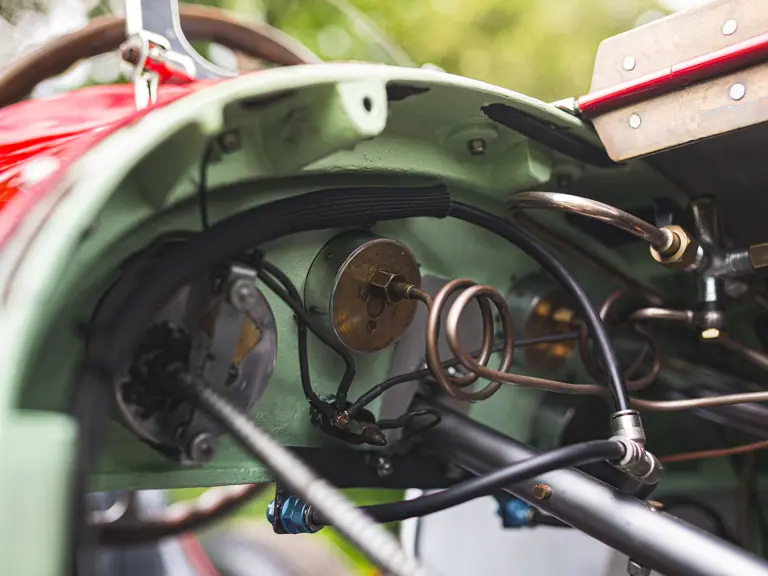
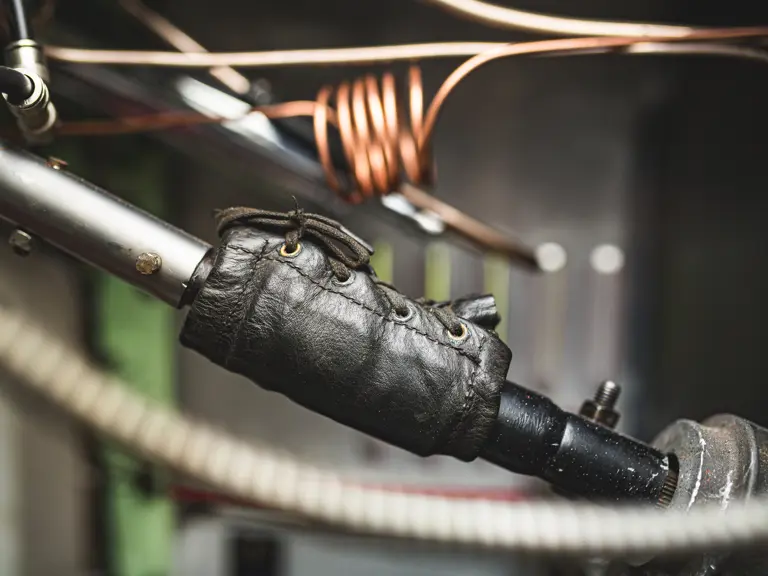

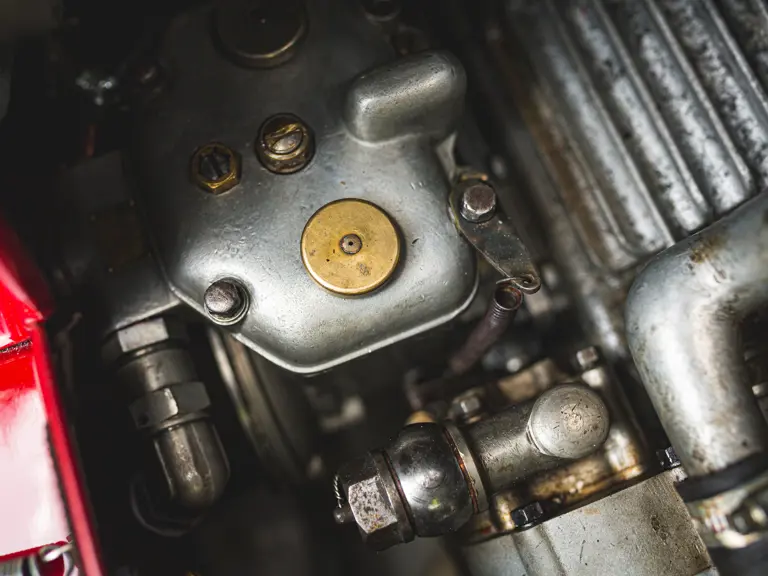

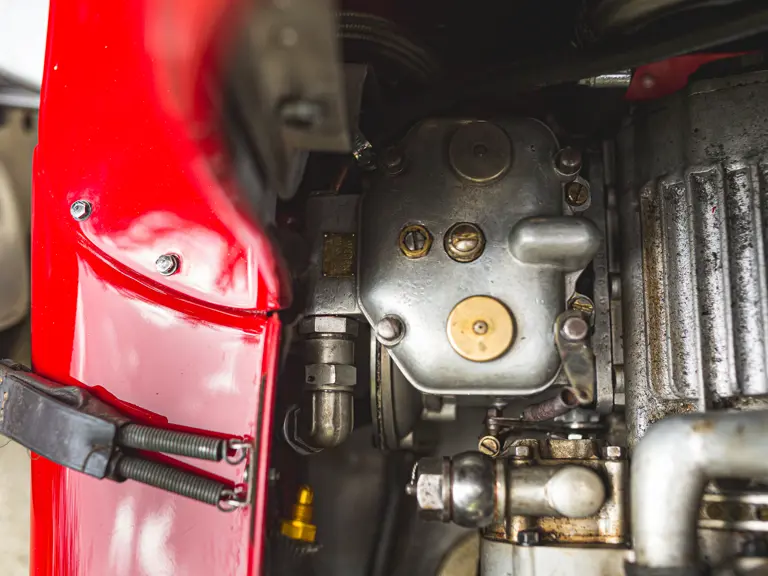
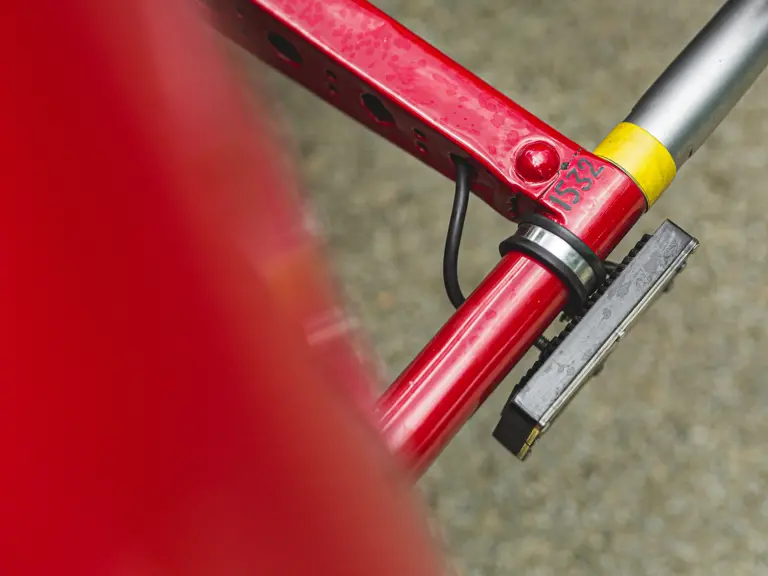
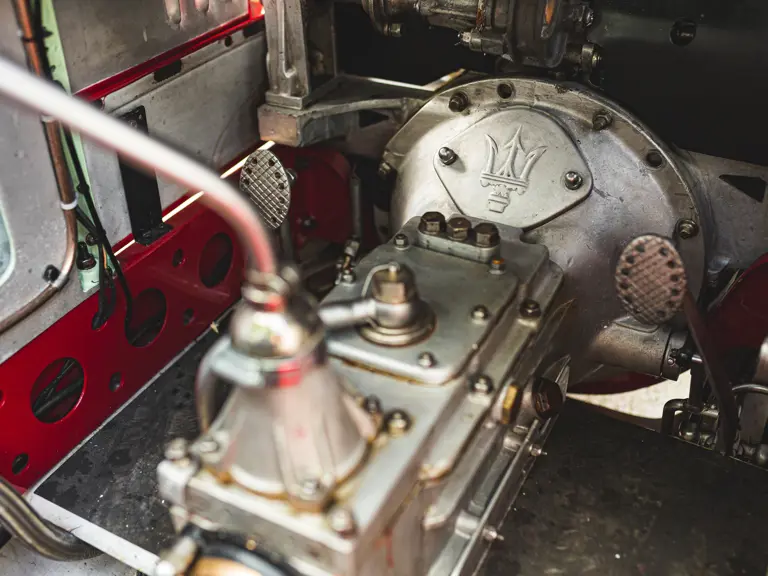
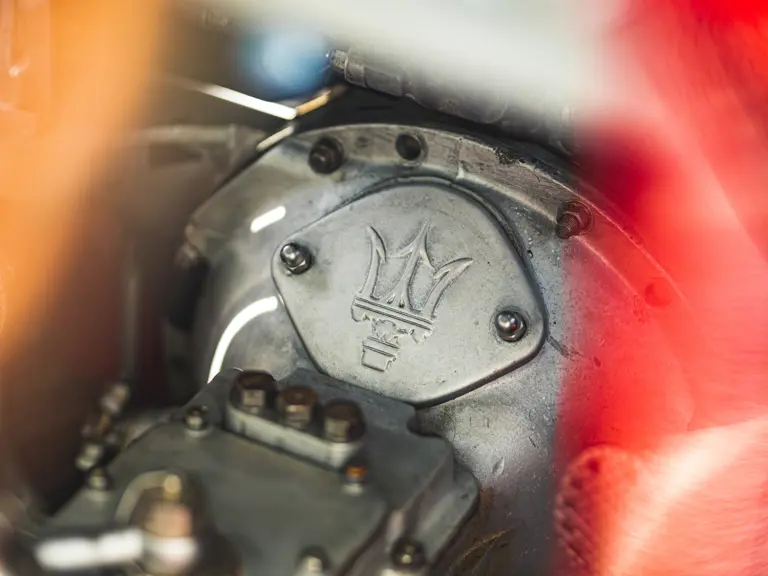
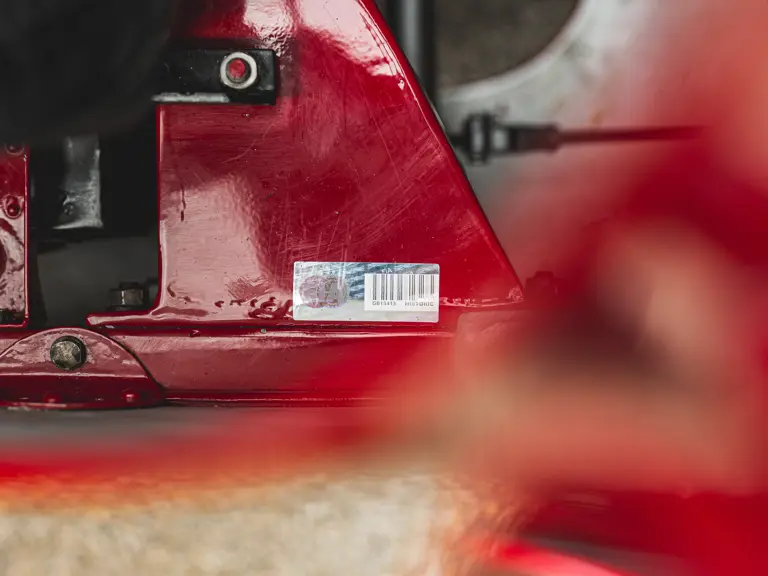
 | Monterey, California
| Monterey, California
